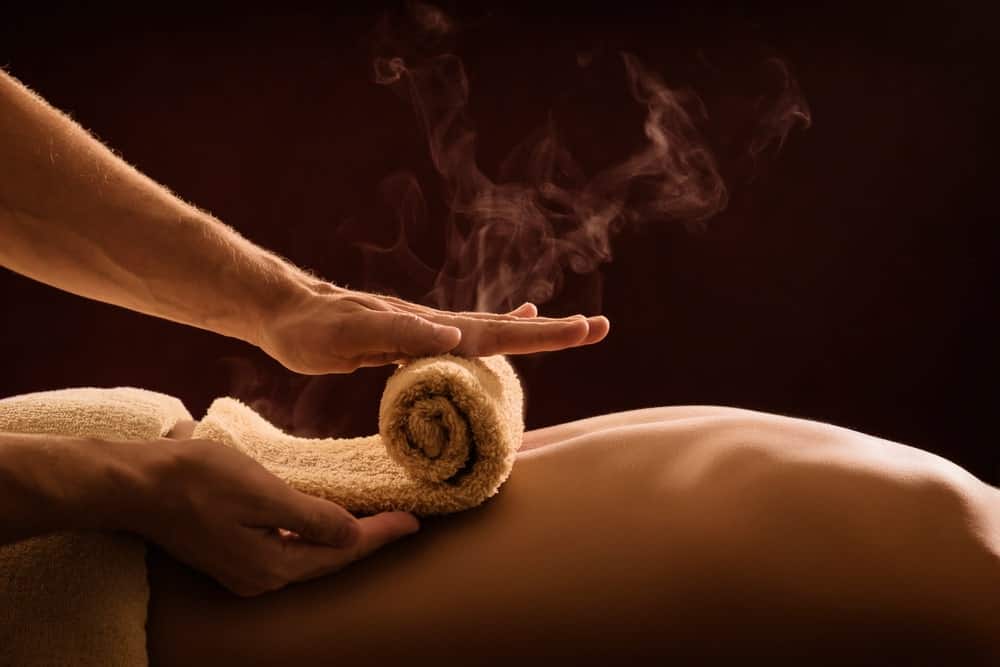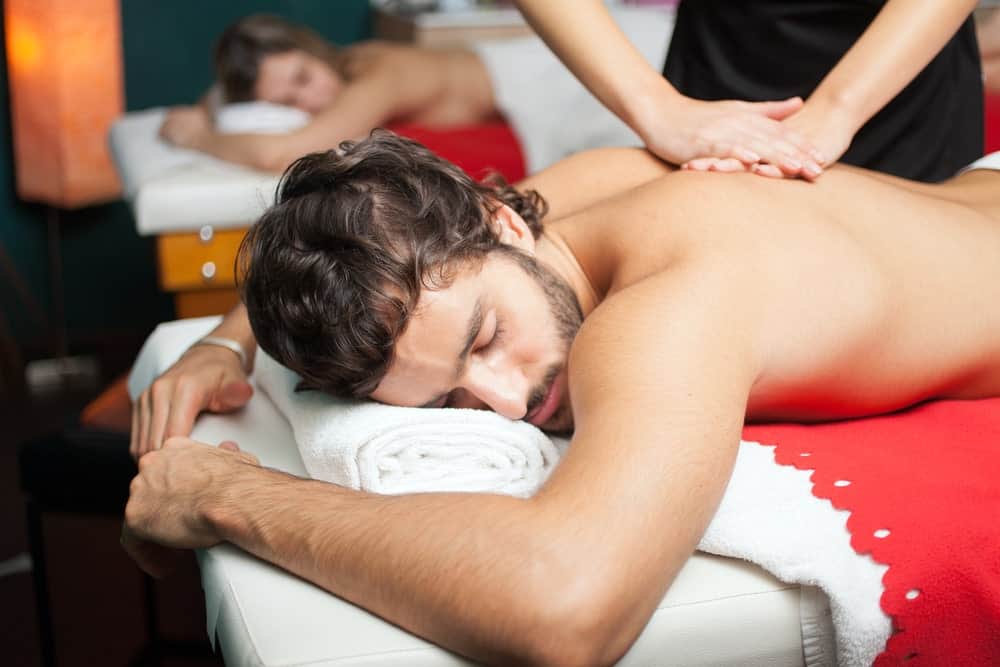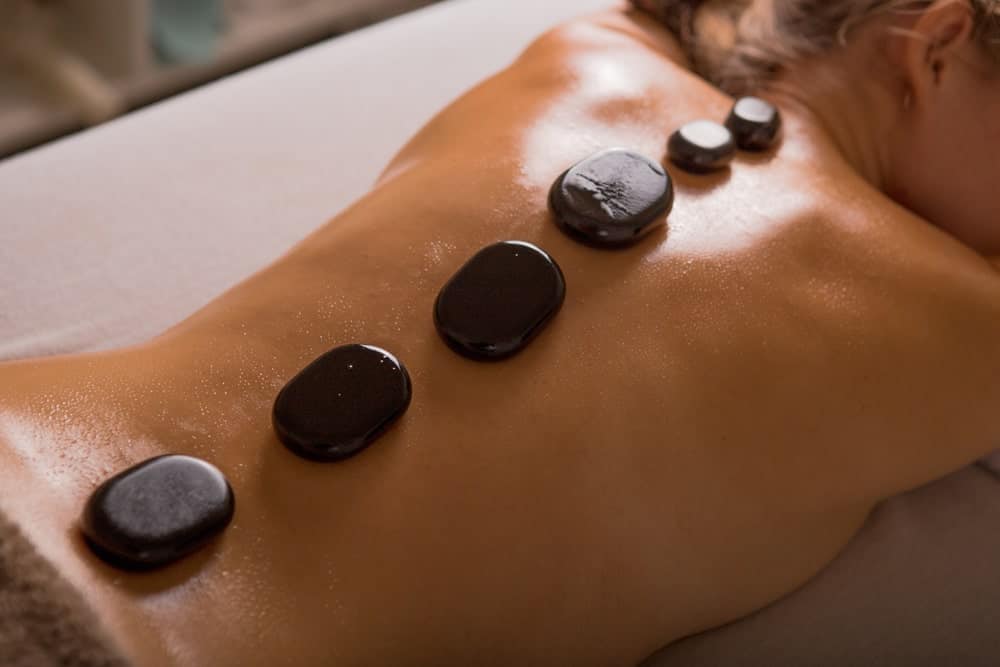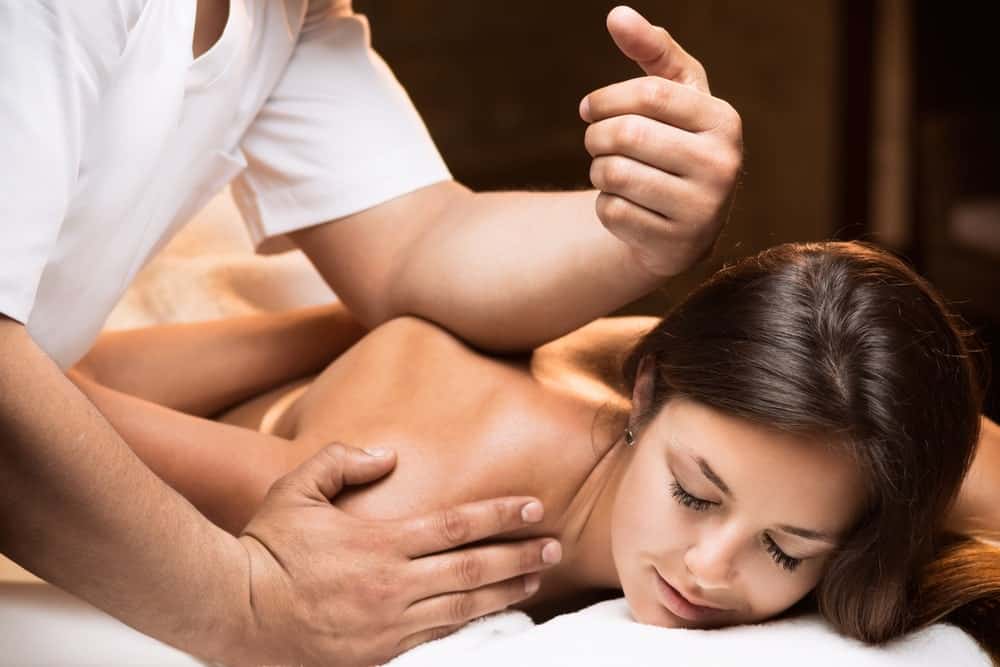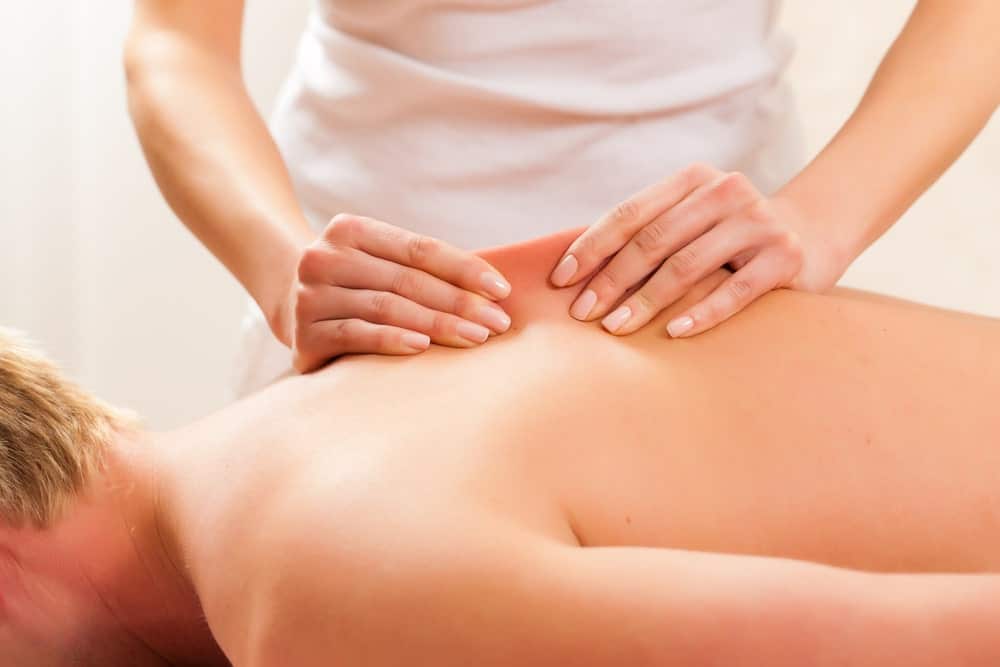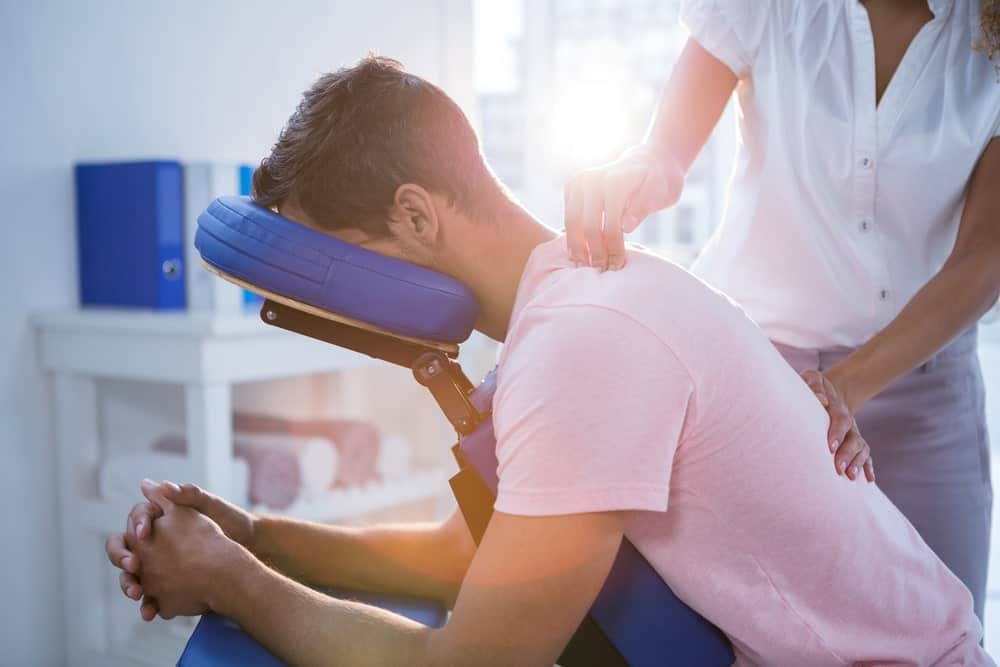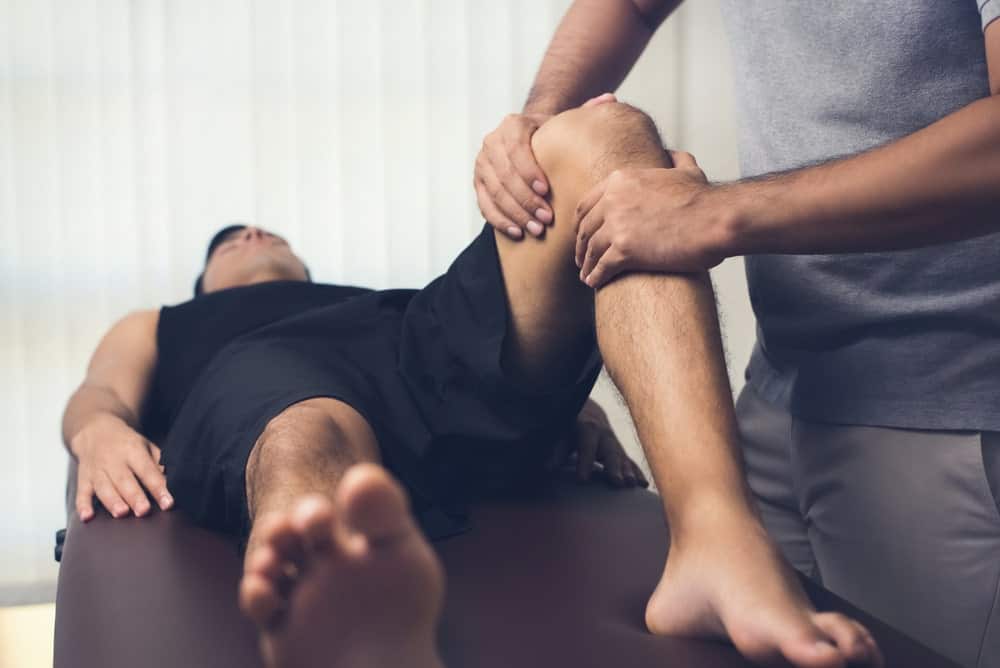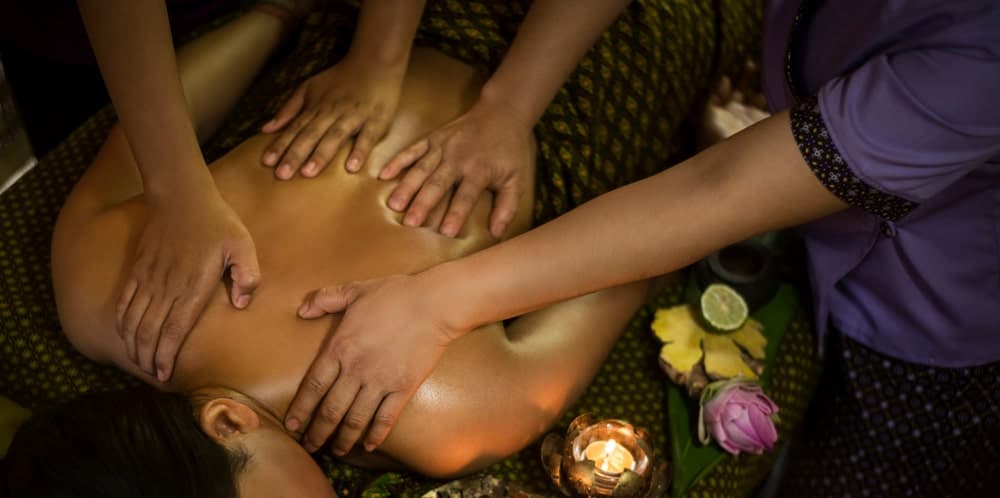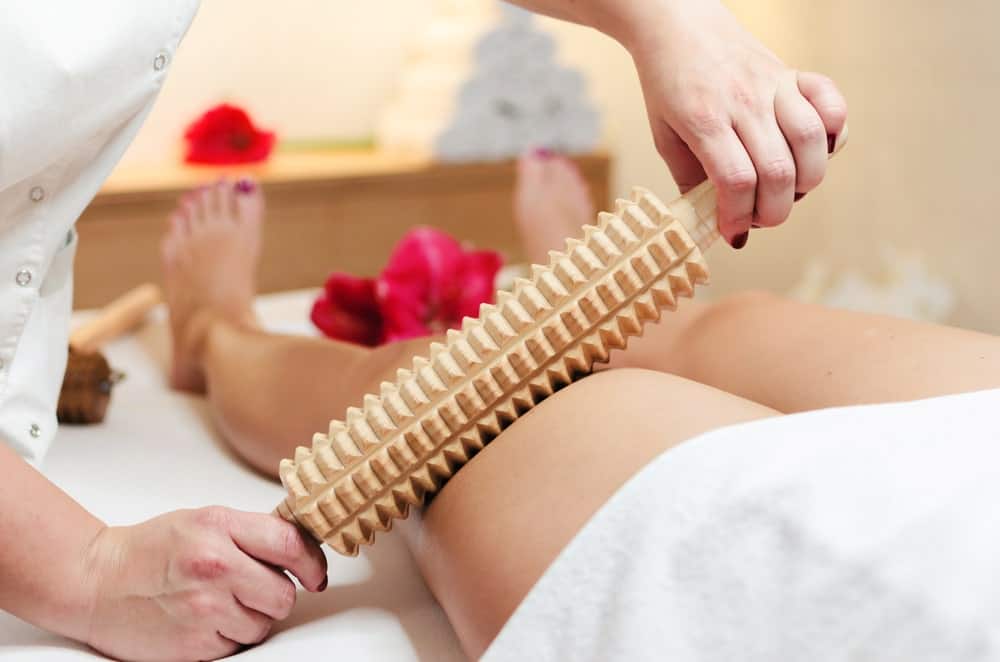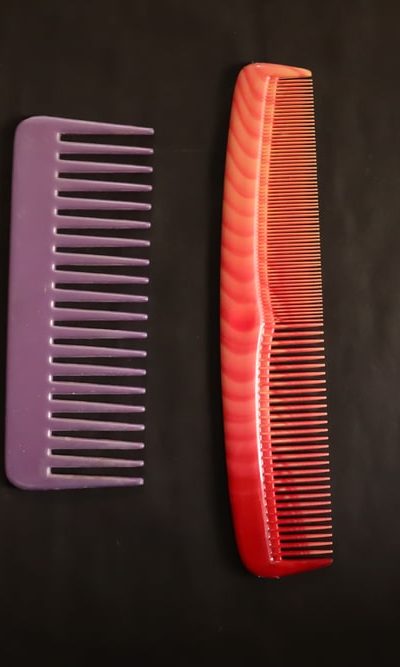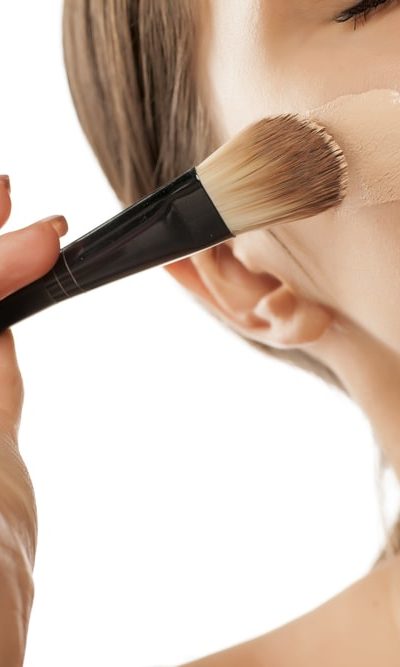Hippocrates, the famous 1st-century Greek physician, is credited with the saying “Physicians should have experience in many things but most especially in rubbing”. Massage therapy historians claim this and other writings dating back to the ancient Egyptians indicate massage therapy was considered beneficial to a person’s health thousands of years ago.
It wasn’t until the 19th century that massage therapy became popular in the U.S. when several NYC physicians returned from Sweden and began experimenting with Swedish massage techniques on patients suffering musculoskeletal disorders.
Today, massage therapy has never been so popular and widely accepted as an evidence-based treatment for a wide variety of physical and mental health issues. In fact, IBIS World reports the U.S. massage therapy industry is worth $16 billion, with over 250,000 massage businesses operating to address consumers who spend nearly $6 billion annually on massage services.
Try experimenting with different massage therapies to find one that works best for you. Most licensed massage therapists are experienced in performing many different types of massage techniques, including traditional techniques and lesser-known techniques that target certain body parts like the Chinese foot massage. Massage therapists will assist you in determining which technique addresses your health problem fully and effectively.
Becoming a Massage Therapist
Although massage therapists are not considered physicians, they must obtain a license to work in all but six U.S states. Receiving a massage therapist license involves attending a community or vocational college accredited by the Commission on Massage Therapy Accreditation or other similar accrediting agency. A typical massage therapy course ending with certification and licensure includes instruction on Western and Eastern massage techniques and theories as well as human physiology and anatomy classes.
Acupressure and Massage Therapies
Most massage therapy techniques employ forms of acupressure, or the use of the fingers and thumbs to firmly press on specific body points. According to Traditional Chinese Medicine practitioners, acupressure stimulates the body’s self-healing abilities by reducing muscle and tension, improving blood flow, and decreasing swelling of lymph nodes. TCM physicians believe the human body contains powerful energy meridians called qi that links all areas of the body with each other.
When a person’s qi is obstructed for various reasons, this may cause health issues ranging from headaches and insomnia to high blood pressure and even autoimmune diseases. However, research into acupressure’s benefits suggests that applying pressure to targeted points of the body seems to promote the release of analgesic and mood-raising hormones made by the body.
What Does Research Say About the Benefits of Massage Therapy?
Applying different massage techniques to specific areas of the body seems to block pain receptors as manipulation of muscles and other soft tissues stimulate the parasympathetic nervous system. Activation of the PNS generates the release of serotonin and endorphin, two hormones responsible for reduced sensitivity to pain, and a general feeling of well-being.
Other research data suggests massage therapy appears to effectively treat health problems by decreasing activity within the hypothalamic-pituitary-adrenal axis while increasing oxytocin levels in the body.
The HPA axis regulates the stress response and release of cortisol, the stress hormone known to promote chronic diseases like heart disease, diabetes, and hypertension. Oxytocin is a hormone similar to endorphin but with a stronger influence over positive moods and emotions.
When is Massage Therapy Contraindicated for Certain Health Problems?
Licensed massage therapists won’t perform massages on people who have fevers, infections, open wounds, serious heart disorders, hemophilia, or broken bones. Certain gastrointestinal problems may be exacerbated by a massage that primarily targets the middle portion of the body. Prior to your message, you will likely be asked to fill out a medical history form so the therapist doesn’t inadvertently worsen an existing health issue.
10 Most Popular Massage Techniques
1. Swedish Massage
The most popular massage technique requested in the U.S. is the Swedish massage. Basic massage strokes such as the tapotement, friction, and effleurage are applied to various areas of the body during a Swedish massage. The effleurage stroke consists of long, deep strokes in which the massage therapist’s hand is guided by the direction of muscles, tendons, and bones under the skin.
The friction stroke involves the use of the thumbs to dissolve soft tissue adhesions and restore muscle fiber alignment. The tapotement stroke is a more forceful manipulation of muscles that increases blood flow to massaged areas and stimulates nerve endings to improve muscle tone.
2. Hot Stone Massage
Similar to traditional Swedish hot massages that incorporate warmed basalt, lava massage stones, a hot stone massage is commonly offered in spa resorts specializing in massage therapies. Stones are heated and sanitized at 130°F. water prior to the massage.
Stones are then left on the skin for about 15 to 20 minutes, or long enough for the soothing heat to penetrate into tissues, muscles, and joints. By initially loosening tight, painful muscles, a massage therapist can use strokes that reach deep into stressed muscle tissue to quickly relieve pain and stiffness.
3. Aroma Massage Therapy
The ancient Egyptians and Greeks are thought to have first used aroma massage therapy based on their belief that certain aromas are conducive to creating a mystical sense of well-being, relaxation, and transcendence.
While the Egyptians thought the aromatic oils they used during embalming of the dead ceremonies worked just as well during a massage to cause a “spiritual” experience, the Greeks determined that aromatic oils had a more medicinal effect on human health.
They believed specific herbal aromas prevented sickness by strengthening the circulatory system. Today, massage therapists specializing in aroma massage therapy think more as the Greeks did–that essential oils extracted from flowers, herbs, and woodwork to relieve stress, anxiety, and some medical conditions naturally.
4. Deep Tissue Massage
Compared to a Swedish massage, a deep tissue massage manipulates soft tissues less firmly, using lighter pressure and longer strokes to reach the deeper muscle layers such as supportive joint tissues and the fascia.
Deep tissue massages focus mostly on the lower back and neck areas where strains and injuries lead to tight, painful muscles. During a deep tissue massage, your massage therapist may gently move your body into different positions to enhance the relaxing and lengthening of damaged muscles.
Athletes and people who engage in vigorous physical activities rely on deep tissue massages to accelerate recovery from soft-tissue damage. Passive stretching of injured ligaments and muscles has been shown to not only promote recovery but also reduce the risk of future injuries and prevent scar tissue formation responsible for decreased range of motion.
5. Thai Yoga Massage
This uniquely Asian massage involves a therapist using their knees, feet, legs, and hands to manipulate a person’s body into a series of positions resembling yoga stretches and positions. Thai Yoga massage improves joint flexibility and muscle compression while utilizing acupressure (pushing on specific pressure points on the body with the fingertips) to treat a variety of health problems.
Thai Yoga massage is currently used as a major component of Traditional Chinese Medicine (TCM) in the U.S. and Asian countries for people with muscular tension, weakened immune system, low energy, and circulatory system problems. Instead of lying on a table, people undergoing a Thai Yoga massage will lie on a comfortable mat on the flow to facilitate flexibility and position changes of both the client and therapist.
6. Lymphatic Massage
A lymphatic massage is designed to improve the functioning of the lymphatic system so that toxins are more easily eliminated from the body. Therapists licensed to perform lymphatic massages use light, slow strokes that replicate the natural movement of the lymphatic system as a whole.
By massages areas where the lymph system is primarily centered–facial areas, sides of the neck, and abdomen–a therapist can stimulate the lymphatic system into removing excess fluids and toxins from the body.
Composed of a complex network of organs and tissues, the lymphatic system is designed to transport lymph fluid to all areas of the body. Lymph fluid contains white blood cells that fight infections and act as antioxidants against free radical damage.
7. Medical Massage
Medical messages dissolve myofascial (muscle) trigger points causing back and joint stiffness and pain. A trigger point indicates an area of soft tissue experiencing excessive neurological activity due to inflammation. To encourage healing, massage therapists perform medical massages to increase blood flow to the area. Blood carries nutrients and oxygen molecules essential for healing soft tissue inflammation.
Unless trigger points receive sufficient fresh blood, inflammation affecting muscles continues and may spread into other tissues. By manipulating deep muscle layers and connective tissue using their thumbs and fingertips, a massage therapist can relieve muscle spasms, soreness, and stress-induced pain.
It may also help decrease the use of over-the-counter and prescription medications. Medical massages are recommended for people with sciatica, fibromyalgia, neuropathy/nerve entrapment, and arthritis.
8. Sports Massage Therapy
Sports massage therapy is ideal for the treatment of injuries and for reducing the risk of re-injury. This type of massage can help prepare athletes for an event and reduce recovery time while training. Sports massage therapists have in-depth knowledge about muscle, connective tissue, and joint functioning.
They use this knowledge to perform massages that improve an athlete’s range of motion, muscle balance, and posture quality for spine health. Other benefits of sports massage therapy include decreasing muscle tension, reduction of muscle hypertonicity (excessive tension), and increasing muscle stamina.
9. Burmese massage
Originating from Chinese, Indian, and Thai folk medicine principles involving acupuncture and acupressure, a Burmese massage is a full body massage incorporating essential oils made from Asian herbs. Muscle tightness is initially evaluated by therapists specializing in Burmese massage, followed by slow, deliberate kneading of constricted muscles.
In addition to enhancing blood flow through the body, this massage technique is said to restore a person’s qi and psychological well-being. Muscle kneading is gentle at the start of a Burmese massage but increases in firmness as muscles become warm and more flexible. Oils used during a Burmese massage are supposed to provide benefits for skin that is dry, irritated, and itchy.
10. Anti-cellulite Massage
Cellulite is the accumulation of fat deposits, mostly on the thighs, buttocks, and abdomen, which is difficult to get rid of with diet and exercise. Although cellulite does not pose a health risk, it is unattractive and can lead to chronic diseases associated with obesity. An anti-cellulite massage is unique because it is not meant to reduce muscle pain or improve overall well-being.
Instead, massage therapists providing anti-cellulite massages focus on breaking up fat deposits using firm kneading, squeezing, and pulling movements on cellulite. Little research has been done on the efficacy of anti-cellulite massages but many people choose this type of massage as an alternative option to liposuction or laser treatments.
If you are searching for a therapist specializing in anti-cellulite massages, it’s more likely you will find working at larger spas and salons than smaller massage practices.

